I have spent my entire career working with electronics technology, in communications, broadcast, audio, and computer systems.
I have been interested in technology since I was a small child. Growing up I always had a “lab” in the basement or the backyard shack. I lived in the soon-to-be tech area north of Seattle, and haunted the local aviation and electronics surplus stores like Radar Electric in Seattle, (founded in 1951 and still in business today as an electronic parts distributor).
I collected old radios and TVs. I “fixed” everything I could get my hands on. I hung out in local TV repair shops and asked infinite questions. I bugged ham radio operators to tell me how things worked.
In 9th grade I entered the county science fair with a “Binary Computer” I built from parts donated by local tech companies including John Fluke company, Burroughs, and Pacific Northwest Bell Telephone – telephone relays, diodes, Nixie tubes, stepper switches, and more. It won the “NASA Award for Space Communications and Electronics.”
In 1962, before starting 10th grade, I was allowed to audit summer session FORTRAN II and FORTRAN IV programming classes at the University of Washington. I learned programming and wrote my programs on punched cards.
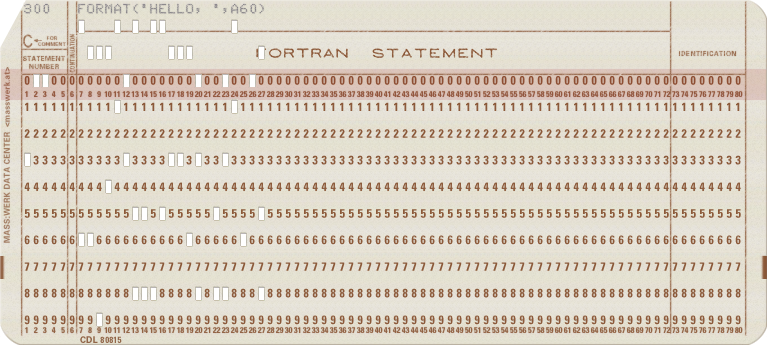
IBM developed FORTRAN (FORmula TRANslation) in the late 1950’s as the first high-level computer programming language for writing programs that could be compiled to run on different machines without modification.
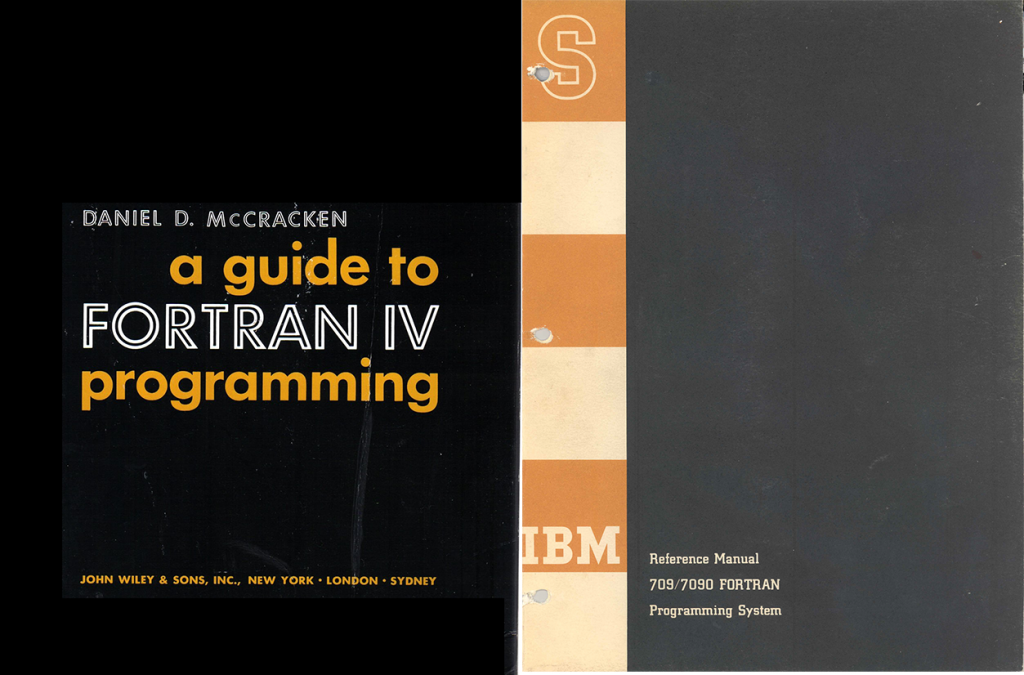
I submitted my programs into the student batch jobs for overnight processing on the 2,000 vacuum tube IBM 709 computer located in the computer center in the basement of the Mechanical Engineering building.
The University purchased their IBM 709 in October, 1959 with a National Science Foundation grant of $500,000. There was also an IBM 1401 computer used for slow input/output operations like batching jobs on punched cards to tape and printing, and allowed the 709 to use only magnetic tape for I/O – which was much faster.

The U of W Computer Center was established in 1956 in the basement of the Mechanical Engineering Building with the purchase of an IBM 650. The machine was retired from production use in 1960 and was then available for free for students to use hands on. I taught myself IBM 650 Assembly language and I also programmed FORTRAN and 650 Assembly on this machine in 1962.
The IBM 650 had a 1000 word magnetic drum memory and used only punched cards for input and output. The internal numerical representation was decimal, using “bi-quinary” or 2-of-5 code, not binary.
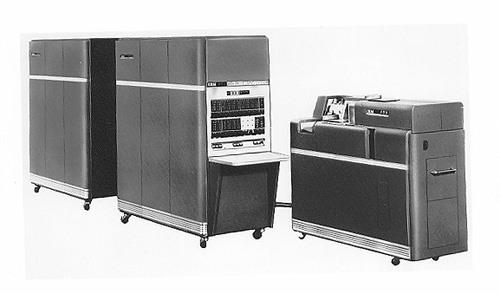
In 10th grade at Roosevelt High School in Seattle, I took a computer programming class and learned to program a 1954 Burroughs E101 desk-sized electronic digital computer donated to the school by Boeing Corp. It was a general-purpose computer with a magnetic-drum memory having a 100 word capacity. It was hardware programmed with pins inserted in a removable set of boards. It was a bit of a step backward from the IBM computer systems I had been using.
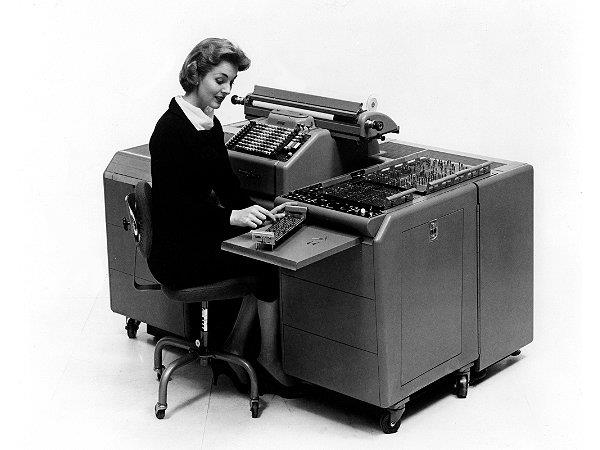
In the second half of my 10th grade year, my family moved from Seattle to central France. My step-father was in the US Air Force and was stationed at the NATO base in Chateauroux, France. I spent the next two years of high school there and had no opportunities to continue my interest in computing.
When we returned to the USA in 1966, my family moved to Portland, Oregon, where I finished my senior year in high school. I was lucky to be placed in an honors math program, and I designed an independent study project that was supported by Portland State University. I used their IBM 1620 computer and created a FORTRAN program to analyze weather data.
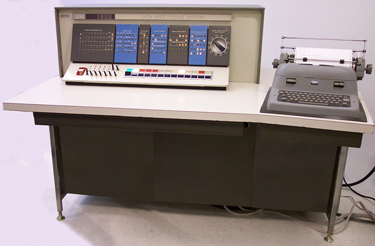
When I entered the workforce in Los Angeles in the early 1970’s as an electronics engineer, I found opportunities to use mainframe computers again – this time remotely via timesharing services which were popular for smaller businesses and government projects. I used timeshared Burroughs B6700 systems with a Teletype ASR33 terminal.
In 1974, after I had moved to “Silicon Valley”, I used General Electric Information Services (Honeywell 6000) systems programming in FORTRAN IV. In 1975, I started the telephone traffic monitoring project that introduced me to the Computer Automation Alpha 16 and later the LSI/2 series.
I also used Tymeshare systems programming in BASIC and FORTRAN IV. I even had an account on the original Dartmouth College Timeshare system for a while.
Around 1976, “personal” computers started to become available, including microprocessor based S100 systems like IMSAI and NorthStar running CP/M, and eventually the Apple II in 1978, Commodore 64, and Radio Shack TRS-80. Finally, on August 12, 1981, the IBM-PC arrived ushering in the fully functional home and business computer.
Meanwhile, in 1977, I had revisited the Computer Automation LSI/2 for a second set of projects related to telephone systems for California Microwave.


